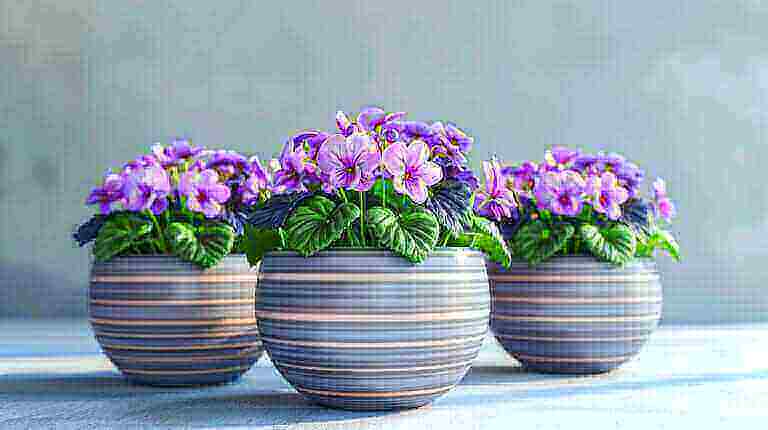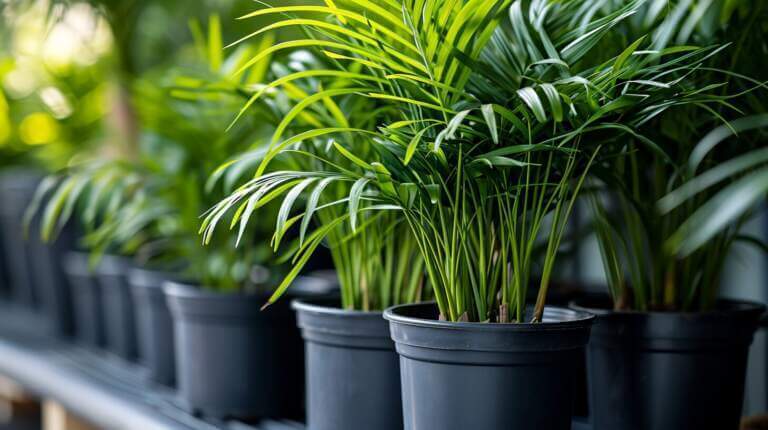Ways To Increase Humidity for Calathea Houseplant: Ideal Levels and Creative Solutions
Many popular house plants, including calatheas, thrive in warm and humid environments. However, during the winter when indoor heating is turned on, the air in our homes becomes very dry, which can cause the leaves of calatheas to turn brown or shrivel. Low humidity also leads to infestations of red spider mites. To maintain optimal humidity levels for your calathea, there are several creative solutions you can implement.
Key Takeaways:
- Calatheas require high humidity levels to thrive.
- Low humidity can result in dry and browning leaves.
- Misting your calathea with tepid water is an easy way to raise humidity temporarily.
- Grouping plants together can create a microclimate with higher humidity.
- Using a pebble tray filled with water can also increase moisture in the air around your calathea.
The Importance of Humidity for Calathea Houseplant and How to Increase It
Calatheas, like many tropical plants, require high humidity levels to thrive. Low humidity can result in dry and browning leaves, which can negatively impact the health and appearance of your calathea. To ensure optimal conditions for your calathea, it’s important to understand the importance of humidity and how to increase it.
The Role of Humidity in Calathea’s Health
Humidity plays a crucial role in the health and well-being of calatheas. These plants originate from tropical regions where humidity levels are naturally high. In our homes, where heating during the winter can lead to dry air, it’s essential to provide adequate humidity for calatheas to thrive.
Increasing Humidity for Calathea
There are several methods you can use to increase humidity around your calathea:
- Misting: Regularly misting your calathea with tepid water can help raise humidity levels temporarily. Aim to mist the leaves in the morning or early afternoon, allowing them to dry before evening to prevent fungal issues.
- Grouping Plants Together: By grouping your calathea with other plants, you can create a microclimate with higher humidity. Plants release moisture through transpiration, increasing the overall humidity in the surrounding area.
- Pebble Tray: Placing your calathea pot on a tray filled with water and pebbles can create a humid environment. As the water evaporates, it increases the moisture in the surrounding air.
- Using a Humidifier: If you have multiple tropical plants or struggle to maintain humidity levels, consider using a humidifier. A humidifier can provide consistent humidity for your calathea and other plants, ensuring they thrive in an optimal environment.
By implementing these methods, you can help create a humid environment that mimics the natural habitat of tropical plants like calatheas. This will promote healthy growth, vibrant foliage, and overall well-being for your calathea.
The Importance of Monitoring Humidity Levels
While it’s essential to increase humidity for your calathea, it’s equally important to monitor the levels to prevent any adverse effects. Calatheas prefer humidity levels between 50% and 60%, although higher levels up to 80% are ideal.
Investing in a humidity meter or hygrometer can help you monitor the humidity levels in your home accurately. Keep in mind that excessive humidity can lead to fungal issues, so finding the right balance is crucial.
By understanding the importance of humidity for calatheas and implementing methods to increase it, you can provide the optimal conditions for the health and thriving growth of your calathea plants.
Tips for Maintaining Optimal Humidity Levels for Calathea
Calatheas have specific humidity requirements to ensure their health and growth. To maintain the best humidity for your calathea, it’s important to monitor the levels regularly. Ideally, humidity should be between 50% and 60%, with levels up to 80% being ideal.
Monitoring humidity: Invest in a humidity meter to keep track of the humidity levels in your home. This will help you determine if the humidity is within the recommended range for your calathea.
Creating a humid environment: If the humidity is too low, there are several ways to increase it. Misting the leaves of your calathea with water is a simple and effective method. Another option is to place a moisture tray filled with water and pebbles near your plant. This will allow the water to evaporate and increase moisture in the air. Additionally, grouping your calathea with other plants can create a microclimate with higher humidity levels.
While it’s important to provide adequate humidity for your calathea, be cautious not to overdo it. Excessive humidity can lead to fungal issues, so finding the right balance is key. By monitoring the humidity levels and implementing these creative solutions, you can maintain the optimal humidity for your calathea, promoting its overall health and lush foliage.
FAQ
What is the ideal humidity for a Calathea houseplant?
The ideal humidity for a Calathea houseplant is between 50% and 60%. However, they can tolerate humidity levels as low as 40%.
How can I increase humidity for my Calathea plant?
You can increase humidity for your Calathea plant by using a humidifier, misting the plant, or placing it on a pebble tray with water.
Can I use a pebble tray to increase humidity for my Calathea plant?
Yes, a pebble tray filled with water can help increase humidity around your Calathea plant. Just make sure the base of the plant is not sitting in water to avoid root rot.
Is misting a good way to increase humidity for Calathea plants?
Misting can help increase humidity for Calathea plants. However, it’s important to avoid over-misting as this can lead to fungus growth.
Can grouping plants together increase humidity?
Yes, grouping plants together can create a microclimate with higher humidity, which is beneficial for humidity-loving plants like Calathea.
Do Calathea plants need to be placed in a humid environment?
Calathea plants prefer a humid environment as they are native to tropical rainforests. However, they can adapt to lower humidity levels if necessary.







